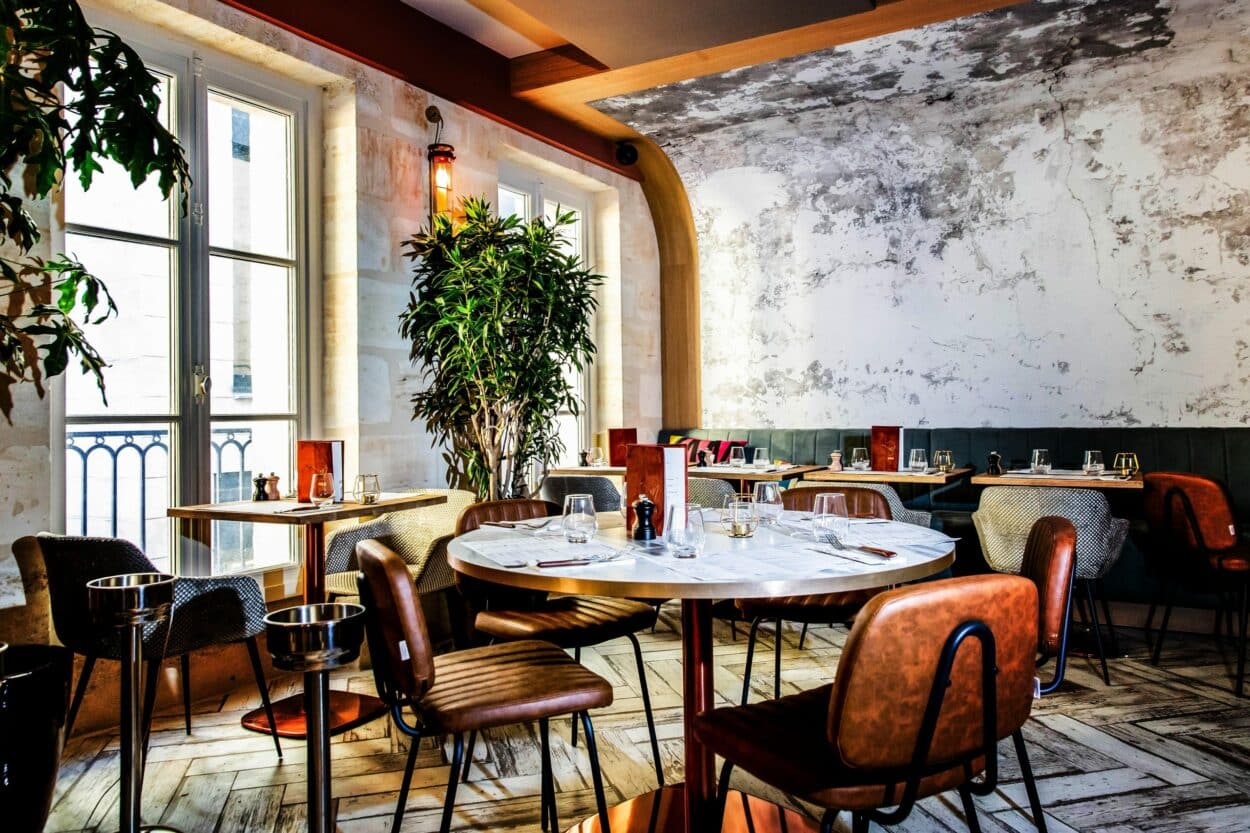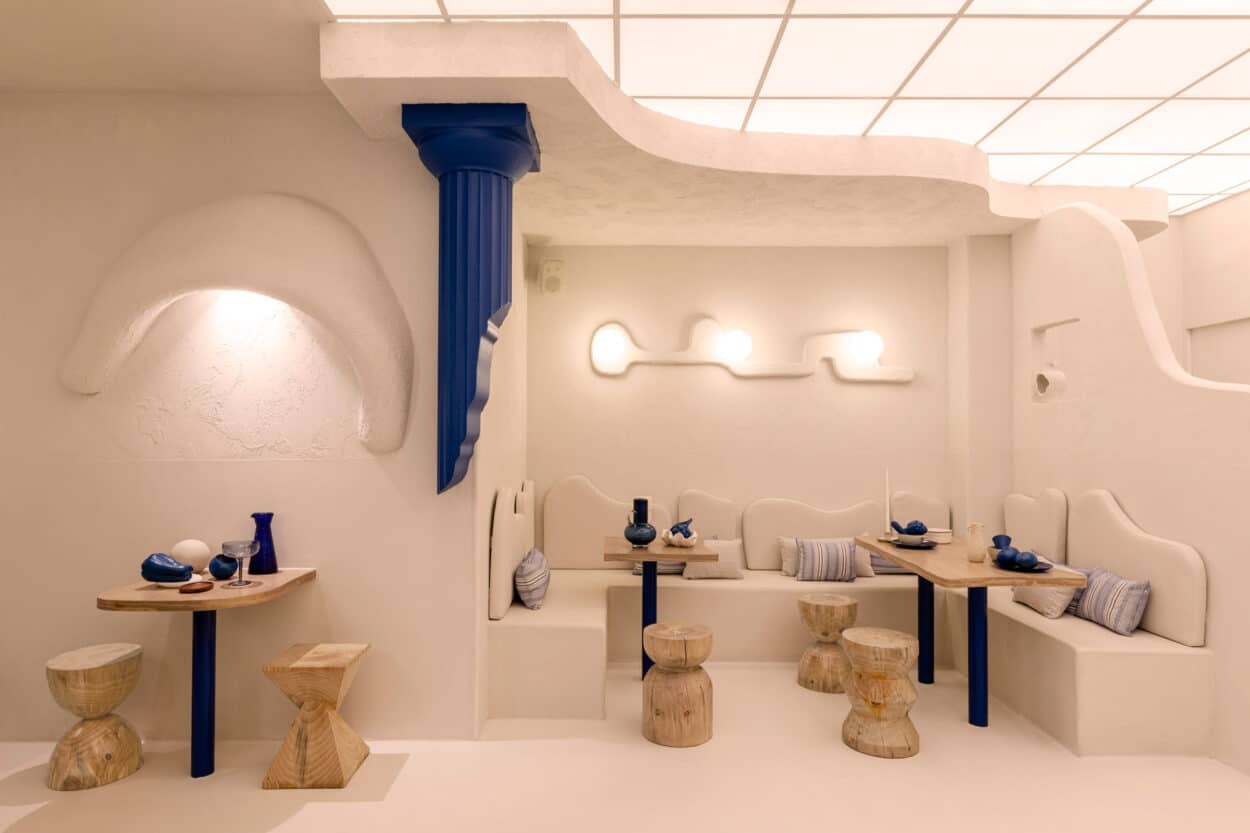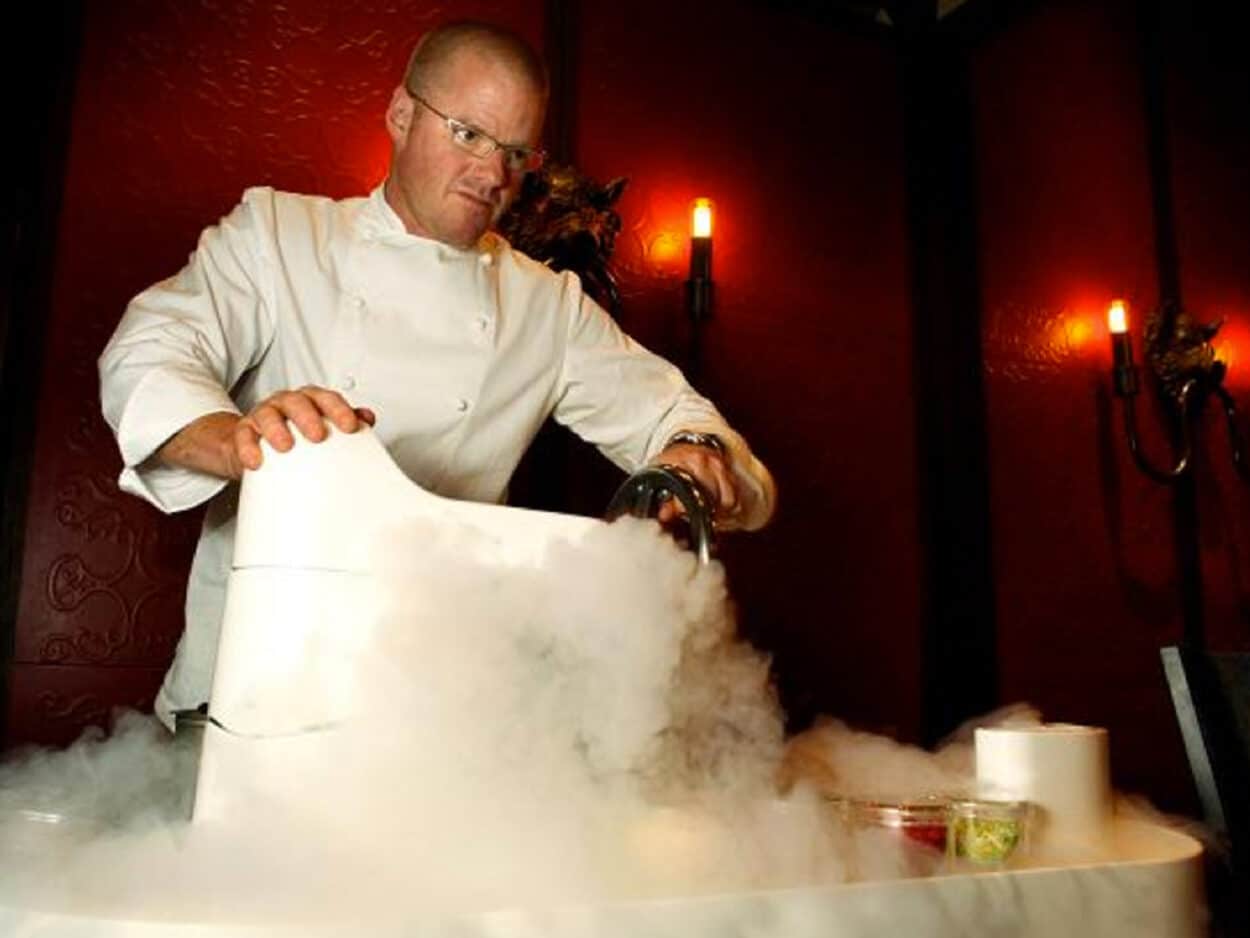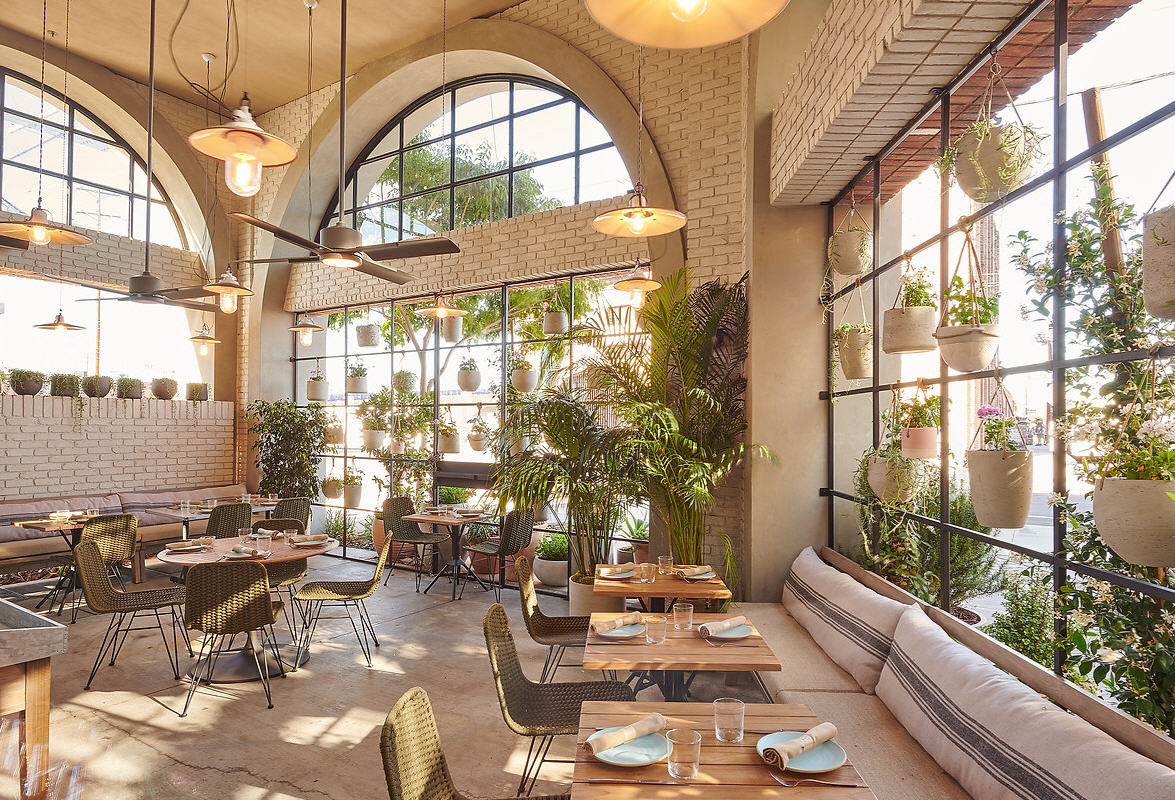We are advancing in the era of social media, and restaurateurs are commissioning interior designers today more than ever before in order to create an Instagrammable interior. Learn more about the current trends in the restaurant industry here.
In a restaurant, the layout of a space, lighting, seating, use of colors, acoustics and even scents can be designed to influence people’s psychology, subtly encouraging them to eat more or eat faster, leave fairly quickly or stay longer to order more beverages, for example. Also, the interior design of a restaurant says a great deal about its choice of cuisine, the brand’s identity, the level of service, the targeted clientele and so on.
Although these factors have always been true, they have become even more critical in the present Instagram era. The rise of social media vastly increased the importance of interior design in a restaurant’s success. After all, when one shares a visit to a restaurant with friends and followers, it involves not only the food but the physical ambiance and atmosphere; the whole experience.
Surrounded by friends and family in the restaurant industry, David Dalidec quickly received a proposition to do the interior design of a restaurant. One after the other, the portfolio for restaurant projects increased to the point where it became an important part of the agency’s work. Dalidec and his team have noted a crucial change in this sector. A few years ago, only Michelin-star restaurants paid attention to interior design. Now, the main objective of any restaurant is its impact on social media.

“In order to achieve visibility, it needs to be Instagrammable,” David Dalidec said to ArchiExpo e-Magazine in a phone interview. “It means changing the image. What’s on the plate is important but the framework is even more important.”
As restaurateurs now focus largely on the social media spin, they commission interior designers to help them create an Instagrammable environment. The designer introduces possible themes along with current trends, then asks questions such as whether or not the customers need comfort and if they’re looking for a culinary experience. In Dalidec’s experience, he collaborates with the head chef in order to adapt the decoration to his or her cuisine. David Dalidec’s agency worked on the recently opened restaurant Monzu in Bordeaux which has been tagged as the most Instagrammable restaurant in the city since the beginning of the year.
“There’s been an awakening. Restaurateurs realize they can’t simply serve something tasty; they need to serve it in an environment that is pleasant, conducive and benevolent.”

Balancing the quality of the cuisine and interior design is the biggest challenge, ensuring the choice of materials such as velvet and wood for furniture pieces match the culinary art. According to Dalidec, the work of the designer is to sublimate what’s going to occur on the plate. The collaboration between the designer, the restaurateur and the chef should result in three accomplished goals: to allure guests to Instagram, to return and to talk about the restaurant.
While the concept of designing the interior of a restaurant has always been to connect the space with the cuisine, the arrival of social media has pushed restaurateurs to go beyond this and into the realm of surprise. The bathroom, for example, has become the reflection of the restaurant.
“When guests enter the bathroom, they should be awed. For the last restaurant we did, we put a waterfall in the bathroom; the ceiling is green, and we put plants and birds. It needs to be clean but it needs to create a sense of wonder and admiration.”

Latest trends
Important trends in the interior design of restaurants include mixing and matching. Overly curated spaces can lack individuality and can look unappealing and soulless. Although seemingly risky, more radical solutions such as mixing styles of furniture items and using unconventional flooring can offer a more interesting ambiance by injecting personality and a feeling of homeliness into a restaurant. Warm tones are also in now. This trend is about creating a homely, inviting atmosphere inside a restaurant. Earthy browns and dark reds are considered a good starting point and they blend well with neutral palettes.
Masquespacio is a Spanish award-winning creative consultancy and design studio that delivers branding and interior design projects.

“We are definitely getting away from luxury trends marked by things such as velvets, gold finishes and a mid-century feeling,” Christophe Penasse, co-founder of the brand, told ArchiExpo e-Magazine. “What we notice as a trend today is an organic aesthetic that is more respectful of choices which include sustainable materials and is more connected to nature.”
Regardless of the amount of outdoor space available, one can always bring an “alfresco dining” feeling to the interior space with the use of the natural textures of wood and plants. Hand-made materials are also a significant trend today. Also important is the environmentally-friendly aspect of all these things, as people today feel the need to connect more sympathetically with nature.

Balancing the Trending with the Lasting
In terms of sustainability, the main concern when it comes to both interior and product design is to make the most efficient possible use of natural and financial resources. Waste and disposability of materials and objects have never been more out of fashion.
One of the facets of British Industrial designer Sebastian Bergne’s work is to create bespoke items for restaurants; for example, the ice cream machine commissioned by the restaurant Dinner by Heston Blumenthal which is a blend of the historical and contemporary, using liquid nitrogen to make ice cream in seconds, in full view of intrigued customers.
“I’ve always designed a lot of projects that are based around the enjoyment and culture of food and drink,” he told ArchiExpo e-Magazine.

Providing customers with a remarkable experience is fundamental, but quality and durability are just as important.
“I would say that on the one hand, the experience of going to a restaurant has become more of a performance. How people dress, the interior atmosphere and lighting is all linked. The customer becomes transported into a different world for the evening. The furniture or objects are relatively small but nonetheless a crucial part of the story. On the more everyday side of the business, due to the pressures of the past couple of years, I sense that proprietors are being pushed to be more careful with their investment in their businesses. This leads to a more down-to-earth approach to interiors, with more vintage furniture and simple high-quality equipment that will last,” he said.
The Chicago-based Dutch interior designer and founder of Studio K Karen Herold agrees with the importance of making sure things last. With a degree in fashion design and over two decades of experience as a designer, she created some of the most noteworthy restaurant design concepts in Chicago.
“In fashion, it is ok to wear something else after three months, but when it comes to interior space, building a space can easily cost more than US$ 1 million. If you imagine that any interior design should last at least ten years, one needs to be mindful about the use of trends which obviously last less than that,” Karen Herold told ArchiExpo e-Magazine.













